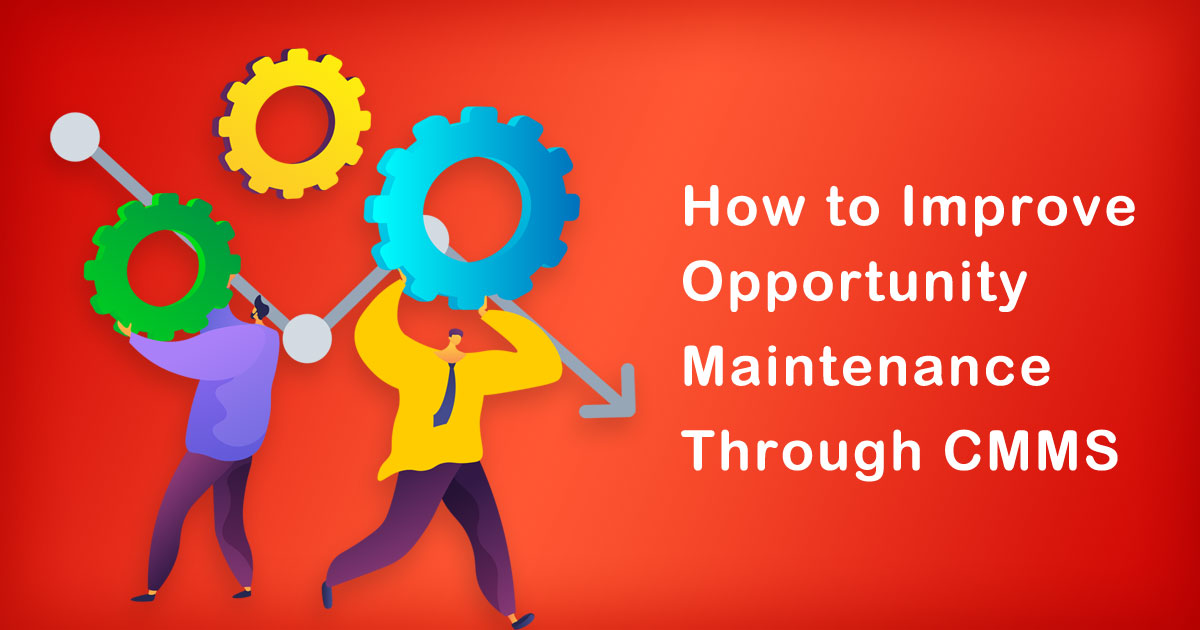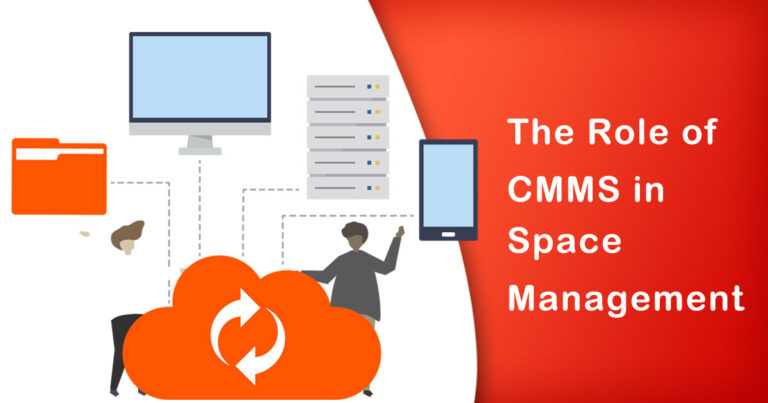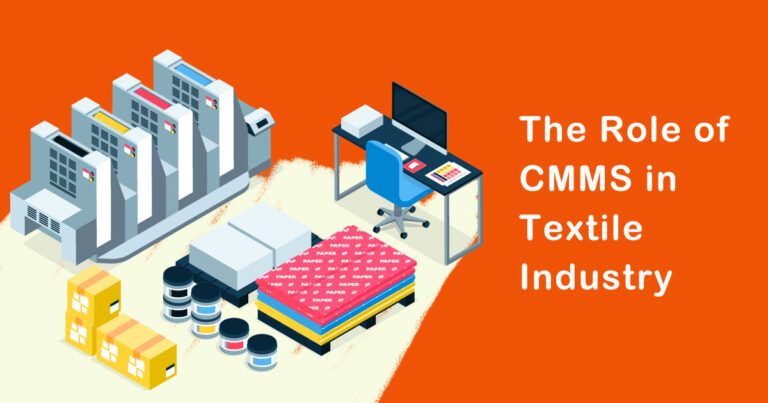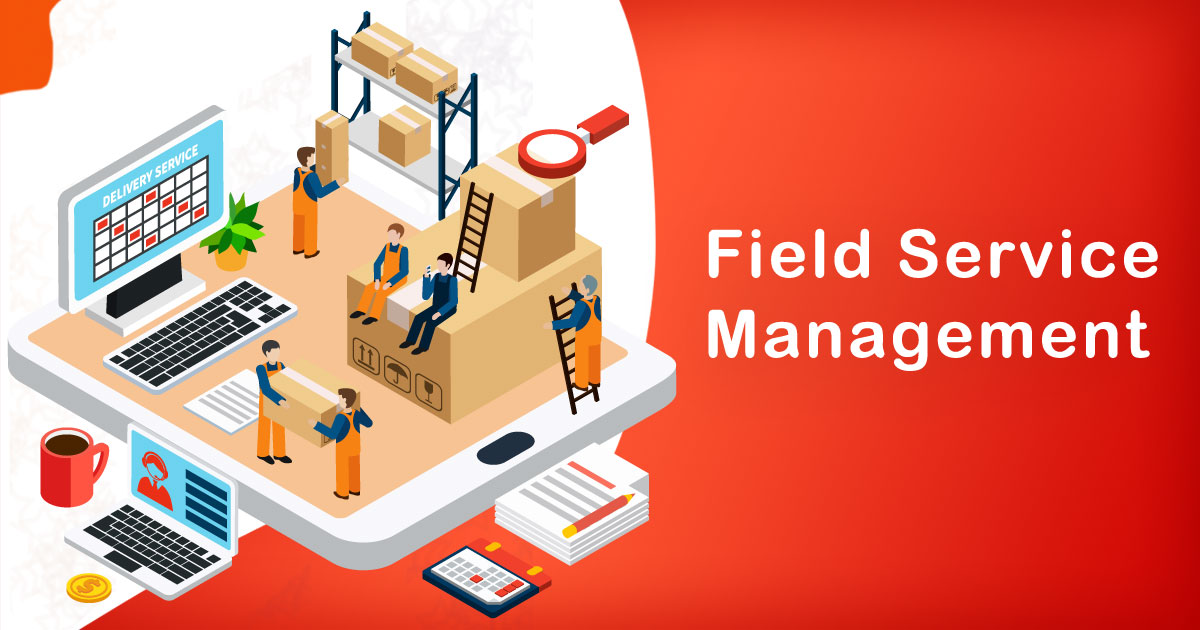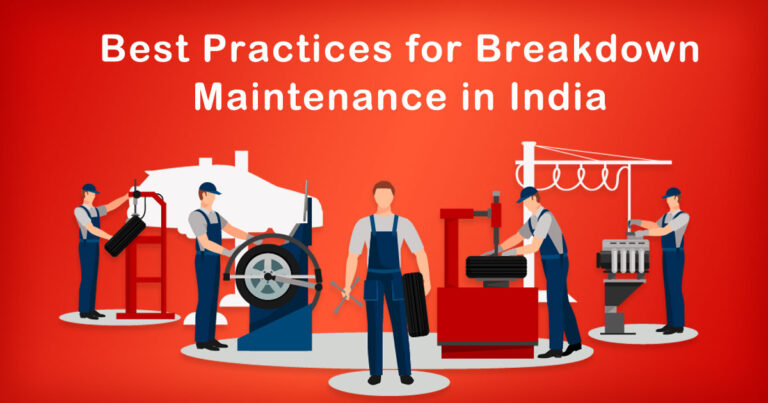Introduction
Breakdowns in industrial settings can be detrimental to productivity, profitability, and overall operations. They often result in costly downtime, missed deadlines, and compromised product quality. To mitigate these issues, organizations employ various maintenance strategies, one of which is Computerized Maintenance Management Systems (CMMS). In this blog post, we will explore the significance of CMMS in improving breakdown maintenance in the Indian industrial context, providing valuable insights and actionable strategies.
1. Understanding Breakdown Maintenance
Breakdown maintenance refers to the practice of addressing equipment failures as they occur, rather than conducting routine preventive maintenance. It is a reactive approach that aims to restore equipment functionality swiftly and minimize downtime. While this approach can be cost-effective in certain situations, its effectiveness heavily relies on quick response times and efficient execution.
2. The Role of CMMS in Breakdown Maintenance
Computerized Maintenance Management Systems (CMMS) play a pivotal role in streamlining maintenance activities and improving breakdown maintenance outcomes. These software applications integrate critical maintenance-related data, processes, and workflows into a single platform, empowering organizations to make informed decisions and optimize their maintenance strategies. Here’s how CMMS can enhance breakdown maintenance in the Indian industrial context:
a. Asset Management and Tracking
CMMS enables efficient asset management by providing a comprehensive overview of the organization’s equipment inventory. It allows maintenance teams to track assets, monitor their performance, and record critical data such as maintenance history, spare part availability, and service requirements. This information facilitates quick identification of breakdown causes, supports accurate troubleshooting, and helps in identifying recurring issues.
b. Real-time Monitoring and Alerts
CMMS can be integrated with various sensors and IoT devices to monitor equipment conditions in real-time. By continuously monitoring critical parameters such as temperature, vibration, and operating parameters, CMMS can generate automated alerts and notifications when abnormalities or potential failures are detected. Real-time monitoring helps maintenance teams proactively identify and address potential breakdowns, reducing the impact of unplanned downtime.
c. Work Order Management
CMMS provides a centralized platform for creating, assigning, and tracking work orders. Maintenance technicians can efficiently receive, prioritize, and complete tasks through mobile devices, ensuring quick response times and effective coordination. Work order management within CMMS also allows technicians to access relevant documentation, manuals, and procedures, ensuring accurate and consistent repairs.
d. Historical Data and Analytics
One of the significant advantages of CMMS is its ability to collect and analyze maintenance data over time. By leveraging historical data and analytics tools, organizations can identify trends, patterns, and failure modes, enabling data-driven decision-making. This empowers maintenance teams to prioritize critical assets, optimize maintenance schedules, and implement proactive maintenance strategies, reducing the frequency and severity of breakdowns.
3. Implementation Considerations for Indian Industries
To effectively improve breakdown maintenance through CMMS in the Indian context, organizations should consider the following factors:
a. Customization and Localization:
It is crucial to select a CMMS solution that can be customized and localized to suit the specific needs and workflows of Indian industries. This includes support for regional languages, local regulations, and compliance requirements.
b. Training and Change Management:
Proper training and change management initiatives are essential for successful CMMS implementation. Ensuring that maintenance technicians and other stakeholders are proficient in using the system will maximize its benefits and drive adoption across the organization.
c. Scalability and Integration:
Indian industries often experience rapid growth and diversification. Therefore, selecting a scalable CMMS solution that can integrate with existing enterprise systems, such as Enterprise Resource Planning (ERP) software, is vital to accommodate future expansion and ensure seamless data flow.
d. Data Security and Privacy:
Considering the sensitive nature of maintenance data, it is crucial to select a CMMS provider that prioritizes data security and privacy. Compliance with relevant regulations and industry standards, such as the General Data Protection Regulation (GDPR), is imperative to protect sensitive information.
Conclusion
Incorporating a CMMS into an organization’s maintenance strategy can significantly improve breakdown maintenance outcomes in the Indian industrial context. By leveraging asset management, real-time monitoring, work order management, and data analytics capabilities, organizations can enhance their ability to respond promptly, minimize downtime, and optimize maintenance processes. By considering key implementation factors and tailoring CMMS solutions to their specific requirements, Indian industries can harness the full potential of CMMS to drive efficiency, productivity, and operational excellence.


